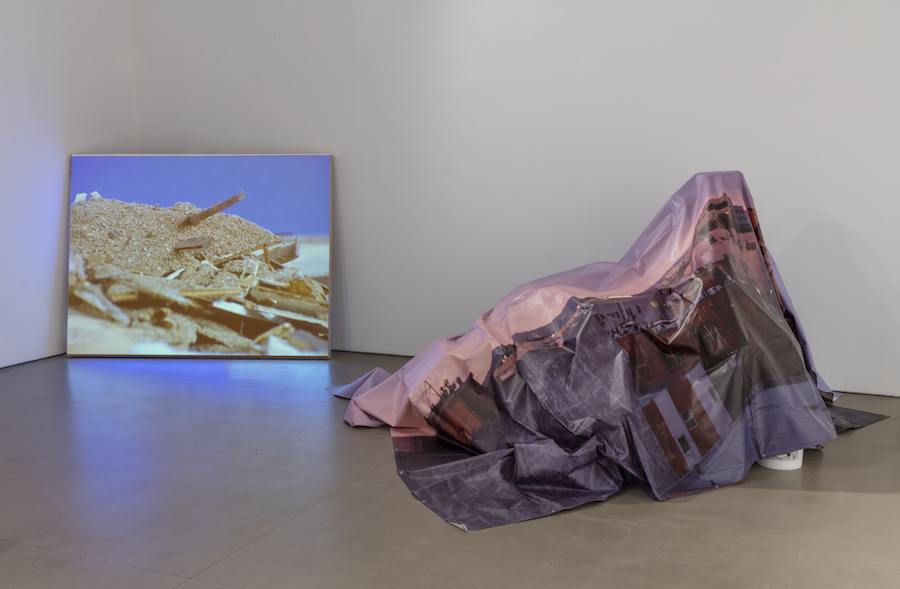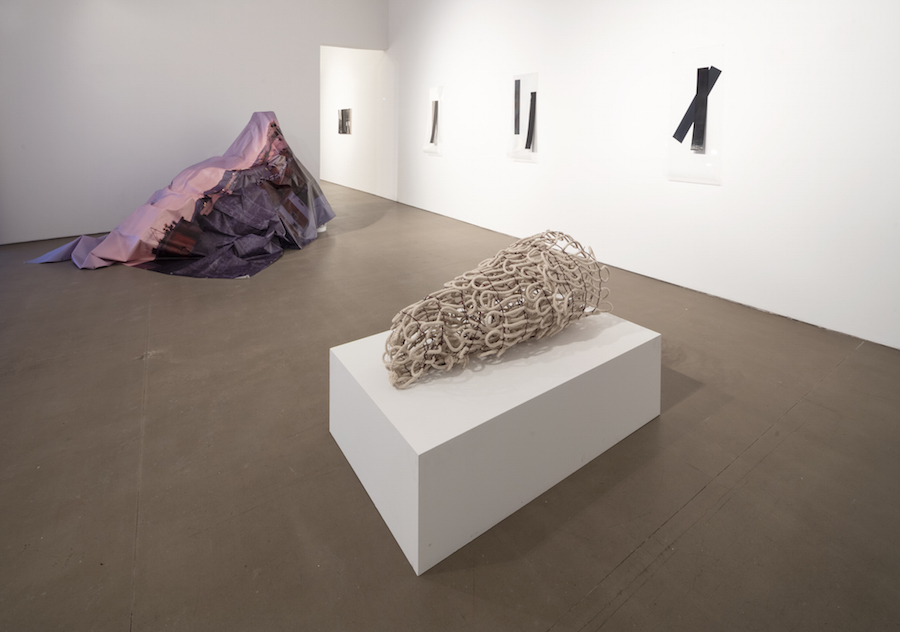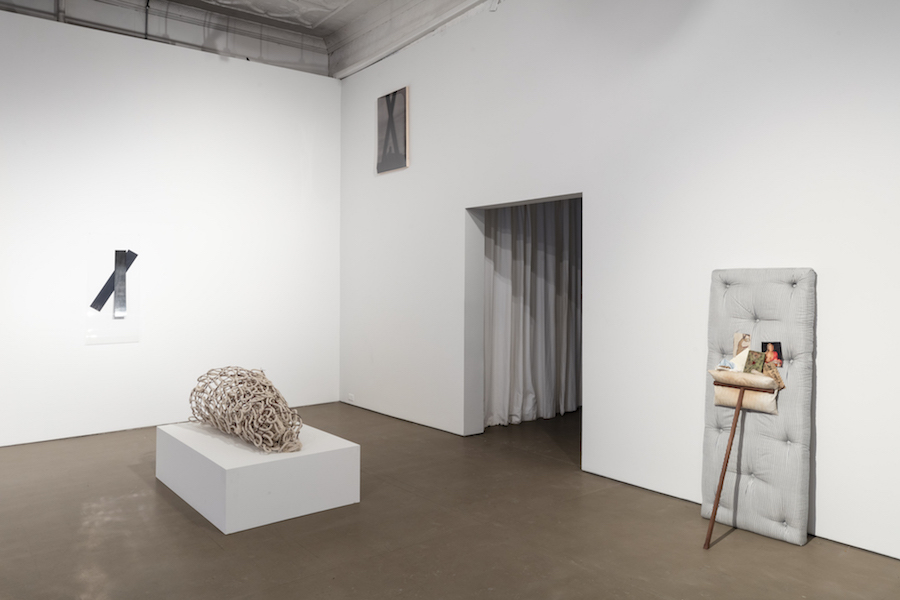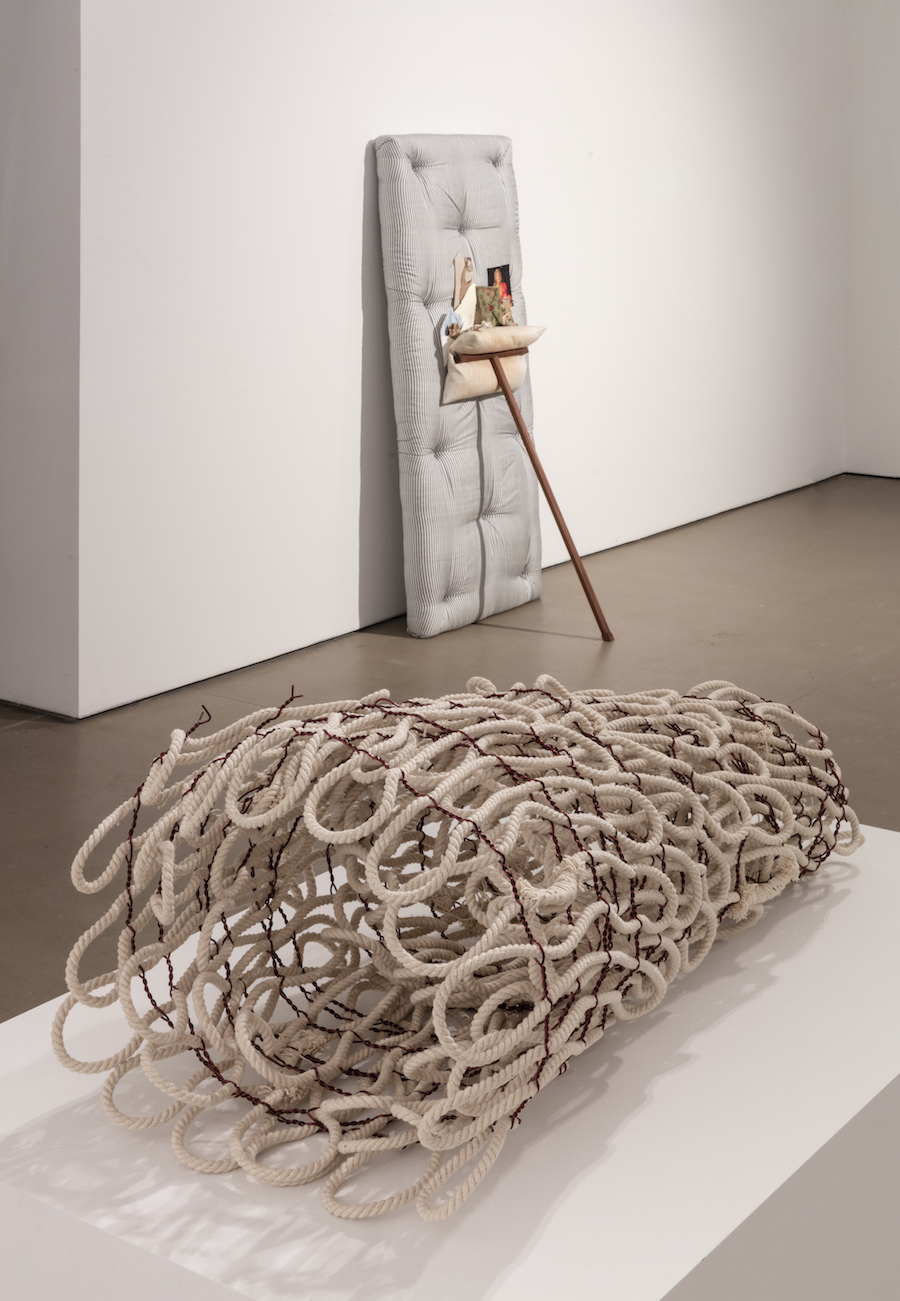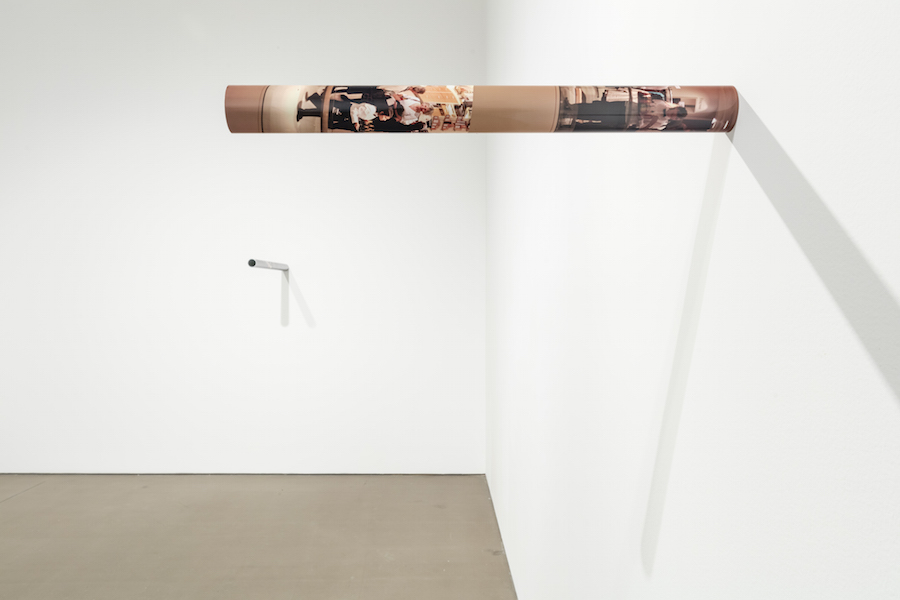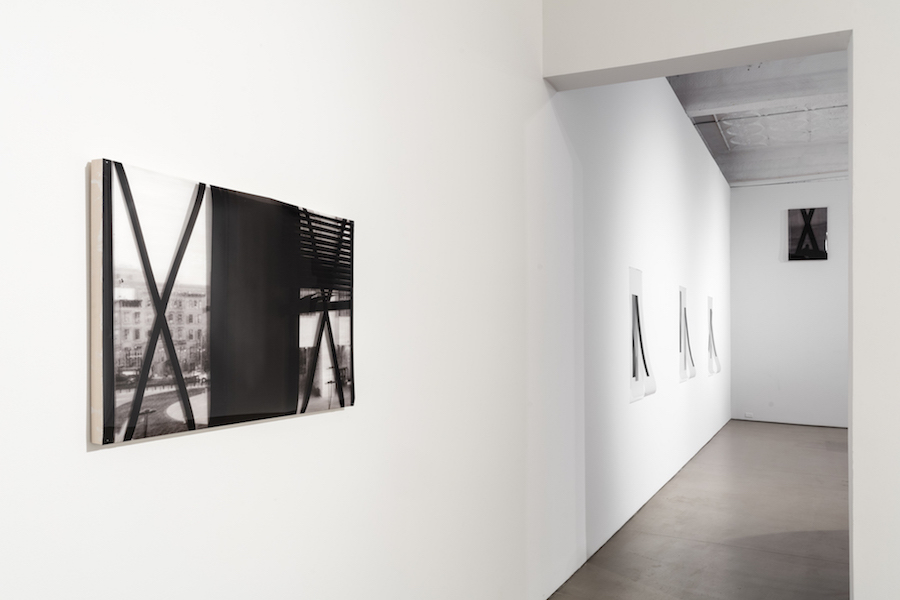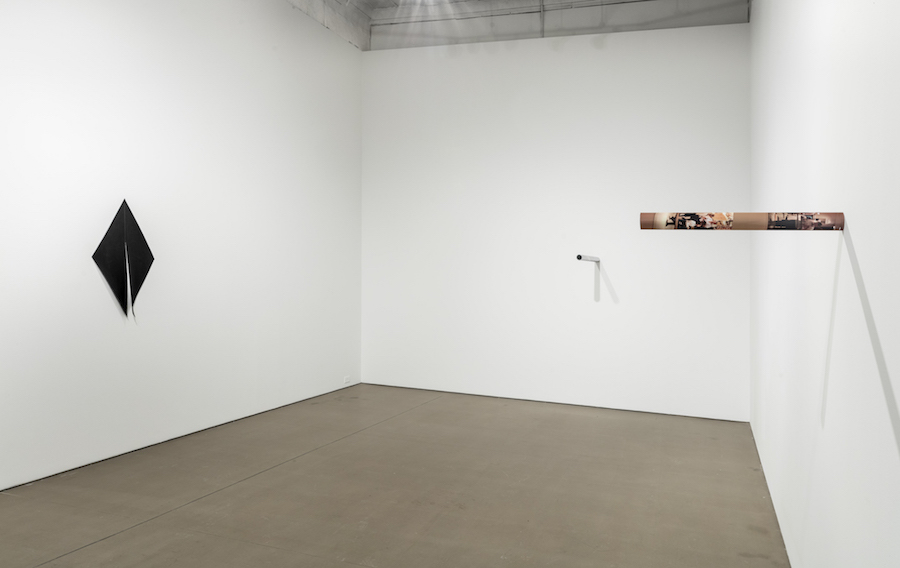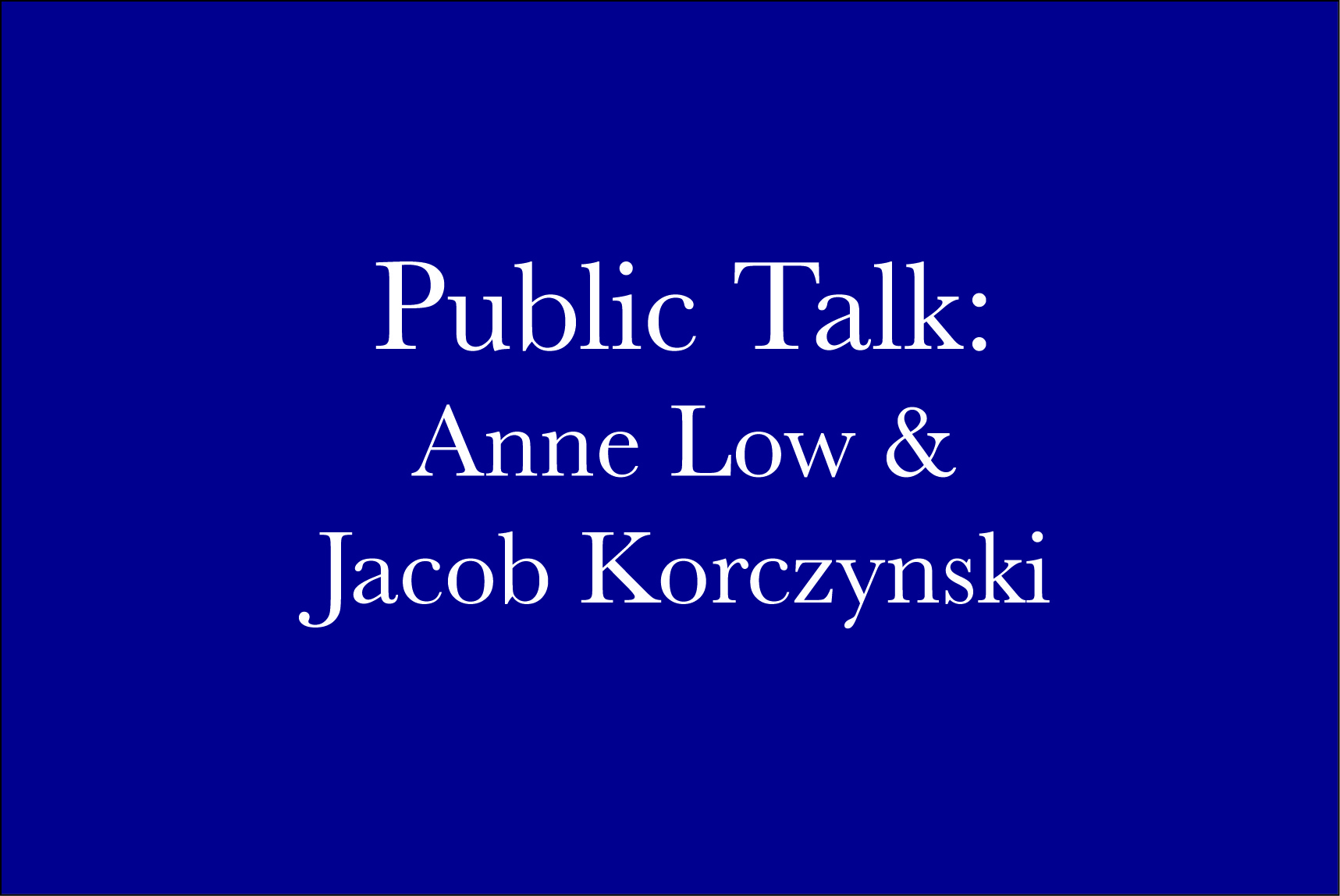Emre Hüner lives and works in Istanbul. Working with drawing, video, sculpture and installations, Hüner’s practice focuses on constructed narratives and eclectic assemblages which explore the subjects of utopia, archeology, ideas of progress and future through reimagination of the spatial and architectural entities, organic and artifcial forms. Recent solo exhibitions include Emre Hüner, Protocinema, New York, USA (2017), Neochronophobiq, STUK, Leuven, Belgium (2016); Floating Cabin Rider Capsule Reactor Cycle, CCA Kitakyushu, Japan (2015); Aeolian, Rodeo, Istanbul, Turkey (2013); and group exhibitions 14th Istanbul Biennial - Saltwater: a Theory of Tought Forms, Istanbul (2015); Approximately Infinite Universe, Museum of Contemporary Art San Diego, San Diego, USA (2013) and Manifesta 9, The European Biennale of Contemporary Art, Genk, Belgium (2012).
Jen Hutton is an artist and writer. She lives in Los Angeles.
Steffani Jemison was born in Berkeley, California, and is currently based in Brooklyn, New York. She holds an MFA from the School of the Art Institute of Chicago (2009) and a BA in Comparative Literature from Columbia University (2003). She has served as a visiting artist at many institutions, including the University of Pennsylvania, Brown University, the School of the Art Institute of Chicago, Hampshire College, the Evergreen State College, and Georgia State University. She has taught fine art at Columbia University, Parsons The New School for Design, Wellesley College, Trinity College, Rice University, the Cooper Union, and other institutions. She is the 2016-2017 Arthur J. Levitt ‘52 Artist-in-Residence at Williams College.
Steve Kado is an artist, writer and musician from North York, Toronto. His most recent show was “Pleasure” at Paul Petro in Toronto. His recent writing has appeared in Flash Art, C magazine and Artforum. He co-hosts The Talking Show on KCHUNG radio for/about/on talking in visual arts with Nicolas Miller. His band LEAD with Amy Howden-Chapman is about to release their first eponymous LP.
Jacob Korczynski is an independent curator and the editor of Andrew James Paterson's Collection/Correction (Kunstverein Toronto & Mousse Publishing). He has curated projects for the Stedelijk Museum, Oakville Galleries, If I Can't Dance I Don't Want to Be Part of Your Revolution and the Badischer Kunstverein. His writing has been published by art-agenda, Girls Like Us, Flash Art and Little Joe.
Anne Low is based in Vancouver, Canada. Recent solo exhibitions have been mounted at organizations including Artspeak, Vancouver (2017) and The Taut and the Tame, Berlin (2012). Recent and forthcoming group exhibitions include Soon Enough – Art in Action, Tensta Konsthall, Stockholm (2018); Clive Hodgson & Anne Low, The Block, London (2017); Dream Islands, Nanaimo Art Gallery (2017); Ambivalent Pleasures, Vancouver Art Gallery (2016) and Reading the Line, The Western Front, Vancouver (2015). Her collaboration with Evan Calder Williams, A Fine Line of Deviation, was shown at Issue Project Room, New York in 2016. Her ongoing project with Derya Akay, Elaine, has hosted events at AKA Artist Run Centre, Saskatoon; Haunt, Vancouver, and the Vancouver Art Gallery.
Josephine Pryde is an artist based in London, England, and Berlin, Germany. She uses photography and sculpture to explore the nature of image making and display. Recent solo exhibitions include Traces of Accessibility, Goton, Paris, France (2017); Lapses in Thinking by the Person I Am, Institute of Contemporary Art, Pennsylvania, USA (2015). Her work has been featured in numerous group shows including subjektiv, Malmö Konsthall, Malmö, Sweden (2017); Social Surfaces, Artists Space, New York, USA (2017); Collected by... Thea Westreich Wagner and Ethan Wagner, Whitney Museum of American Art, New York (2016). Pryde was a nominee for the 2016 Turner Prize.
Hassan Sharif (born 1951, North Iran – died 2016, Dubai, United Arab Emirates) lived and worked in Dubai. Recognized as a pioneer of conceptual art and experimental practice in the Middle East, Sharif’s artworks surpass the limits of discipline, encompassing performance, installation, drawing, painting, and assemblage. Since the late 1970s, he maintained a practice as a cultural producer and facilitator, moving between roles as artist, educator, critic, activist, and mentor. In 2011 his retrospective Hassan Sharif: Experiments & Objects 1979-2011, curated by Catherine David and Mohammed Kazem, was presented by the Abu Dhabi Authority for Culture & Heritage/Platform for Visual Arts, U.A.E. His work has been shown in exhibitions at Mathaf: Arab Museum of Modern Art, Qatar (2016); the Sharjah Biennial (2015); Whitechapel Gallery, London (2015); New Museum of Contemporary Art, New York (2014); Fundação Casa França-Brasil, Rio de Janeiro, Brasil (2014); and the International Centre of Graphic Arts, Ljubljana, Slovenia (2012); among others. Sharif was featured in the inaugural United Arab Emirates National Pavilion at the 56th Venice Biennale, Italy. His work is included in the collections of the Centre Pompidou, Paris; M+ Museum, Hong Kong; Mathaf: Arab Museum of Modern Art, Doha, Qatar; the Sharjah Art Museum, Sharjah, U.A.E.; the Barjeel Art Foundation, Sharjah; the Sittard Center, The Netherlands; Guggenheim Abu Dhabi, U.A.E.; and Guggenheim, New York. Sharif’s work is currently on view at the Sharjah Art Foundation as part of the exhibitions Do It curated by Hoor Al Qasimi and Hans Ulrich Obrist and 1980 – Today: Exhibitions in the United Arab Emirates curated by Hoor Al Qasimi.
